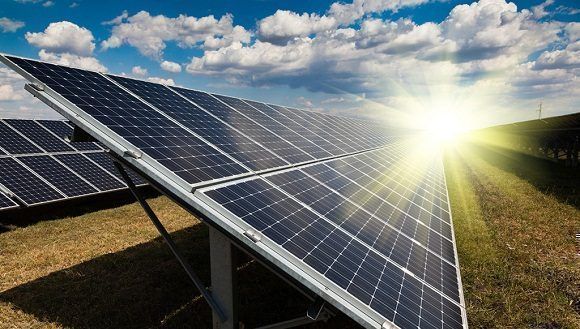
The totality of photovoltaic parks in Cuba maintain an availability of more than 98 percent, informed today Ovel Concepción Díaz, director of Generation with renewable energy sources of the Electrical Union (UNE), informed today.
According to him, 215 megawatts have been installed in 72 parks synchronized to the national power grid, and another 12 megawatts are generated from roofs and areas of state entities, and in total they cover about seven percent of the demand in the midday peak.
He explained that Cuba’s conditions are favorable for the development of photovoltaic parks with irradiation values of five KWh per square meter per day, in addition to the advantageous technology, which can be installed on rooftops and non-cultivable land.
Highlighting how the country intends to achieve energy sovereignty and independence, the executive said that 42 Cuban municipalities have photovoltaic installations, especially in the provinces of Artemisa, Pinar del Río, Cienfuegos and Granma.
The Cuban government has invested more than 250 million USD in the energy sources program, and with the power installed today, 340,000 MWh per hour can be generated annually, which represents savings of 88,400 tons of fuel.
Concepción Díaz informed that five photovoltaic parks were completed in 2020, three of them located in the Mariel Special Development Zone with solar tracking technology to increase the generation yield.
The executive also emphasized that work is being carried out on the
electrification of 3,000 isolated houses in 14 provinces.
He highlighted the different sectors participating in the program,
including universities, a technical force that has specialized in recent
years.
As we grow in the generation of renewable energy sources, fossil fuel generation will be displaced and we will achieve the necessary energy independence, Concepción Díaz emphasized.
Unión Eléctrica is working on more than 15 wind energy projects, in others where photovoltaic parks are being conceived based on foreign investment contracts, and has identified more than 900 MWh that can be generated on the roofs of the country’s state entities.
 Escambray ENGLISH EDITION
Escambray ENGLISH EDITION





Escambray reserves the right to publish comments.